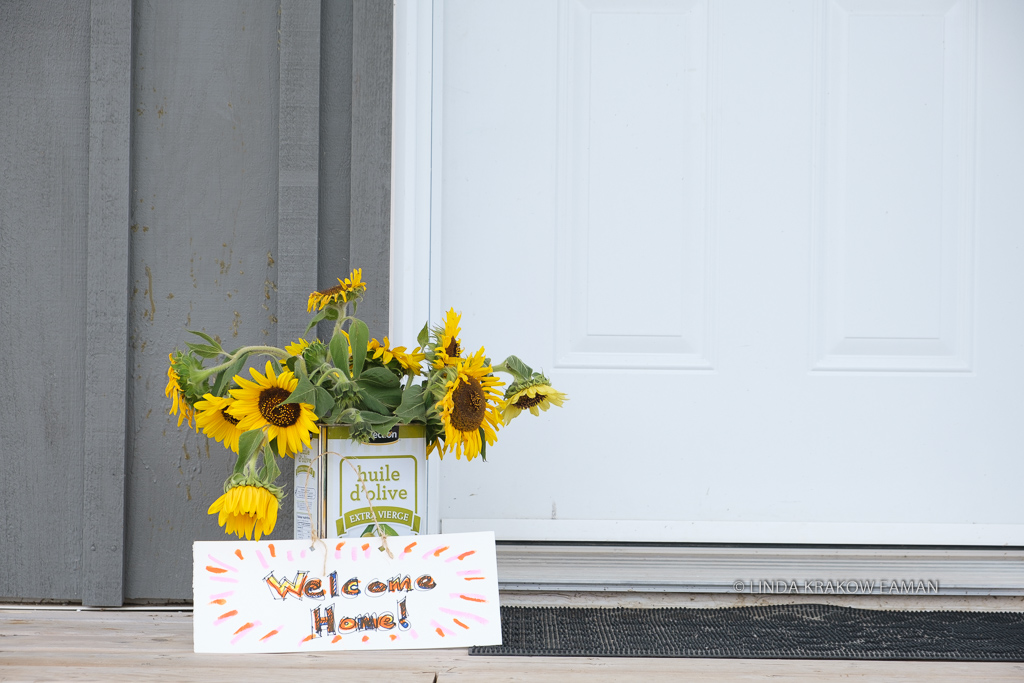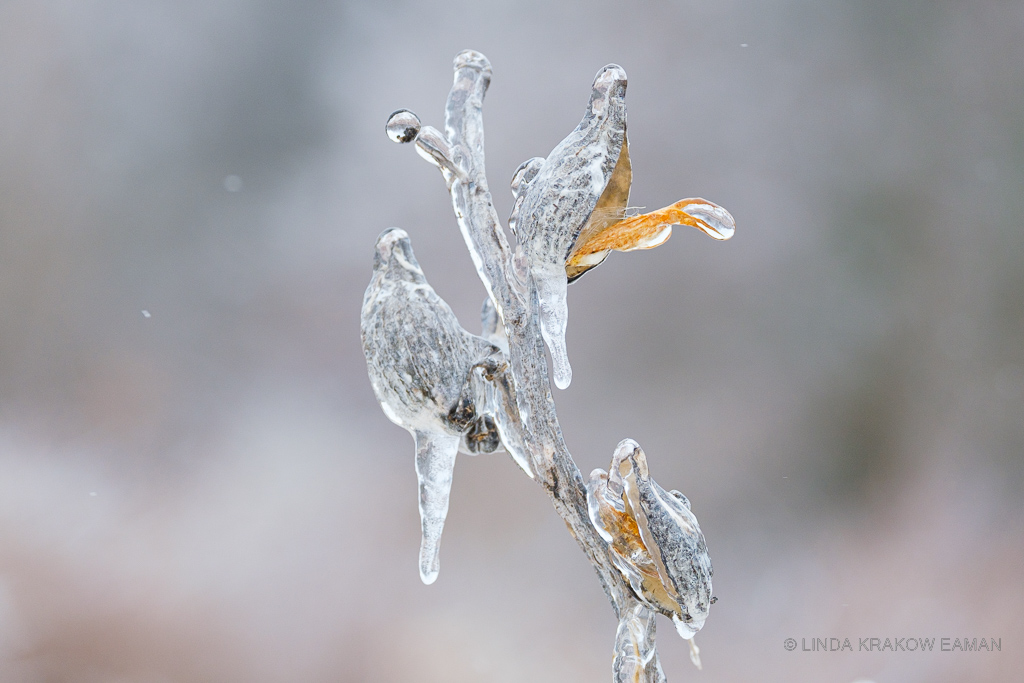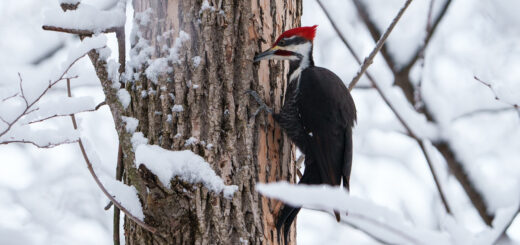Snowy Owls!
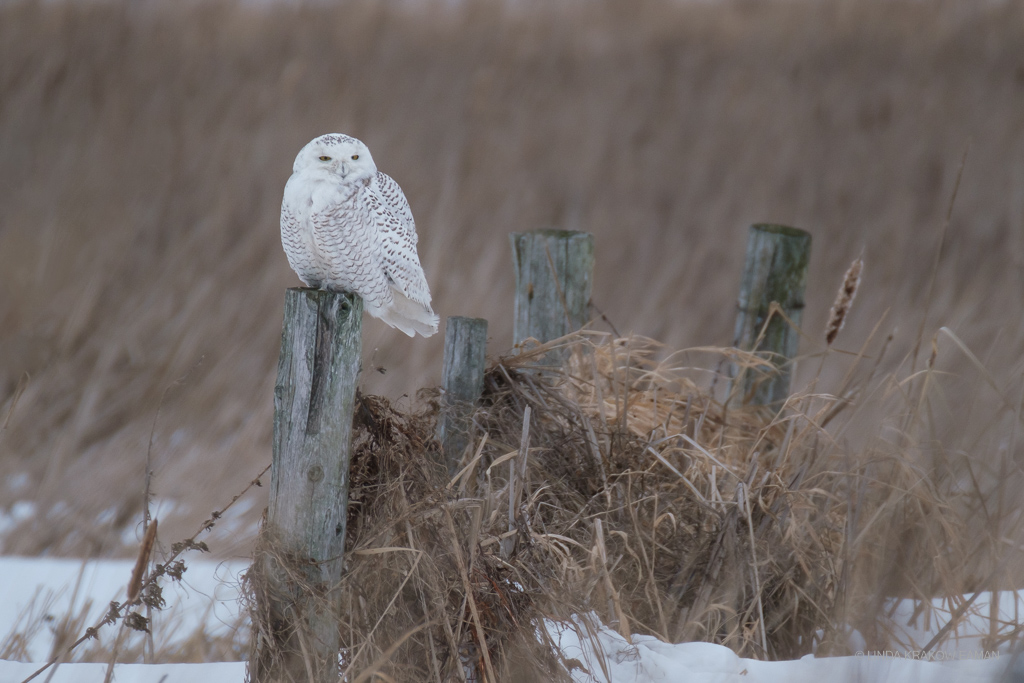
It’s widely known that there are snowy owls around here, but I’ve been reluctant to join the already significant numbers who drive around, searching. Unfortunately, they often disturb the owls by trying to get too close, moving too quickly, or making noise. It seems like a small thing, but flushing an owl–disturbing it so it flies away–uses energy it needs for hunting and staying warm, and endangers its health and even its survival.
But that doesn’t mean I wasn’t itching to see one!
Well, it finally happened. We were several weeks into a shutdown, and the weather had been uncomfortably cold and windy; cabin fever and pandemic isolation were starting to get to me. Just when I most needed a boost, I was graced, over the course of a few days, with some time with a snowy owl. What a gift!
Because it was close to the house, I was able to start by just slowly and quietly opening a sliding door. I continued to move slowly and very quietly, equipped with a long lens. With any wildlife, I want to keep a respectful distance, and resist the urge to get too close! After each slow step, I stop and watch, still as a statue. The owl is immediately aware of a human nearby, and it’s important to learn what to watch for and to stop before it’s bothered by your presence, or retreat at the first sign of stress. This one eyed me very briefly, then returned to scanning the field. It swiveled its head from one side to the other, back and forth, for hours. (I limited my time with it outdoors; we continued to watch from inside, with binoculars.)
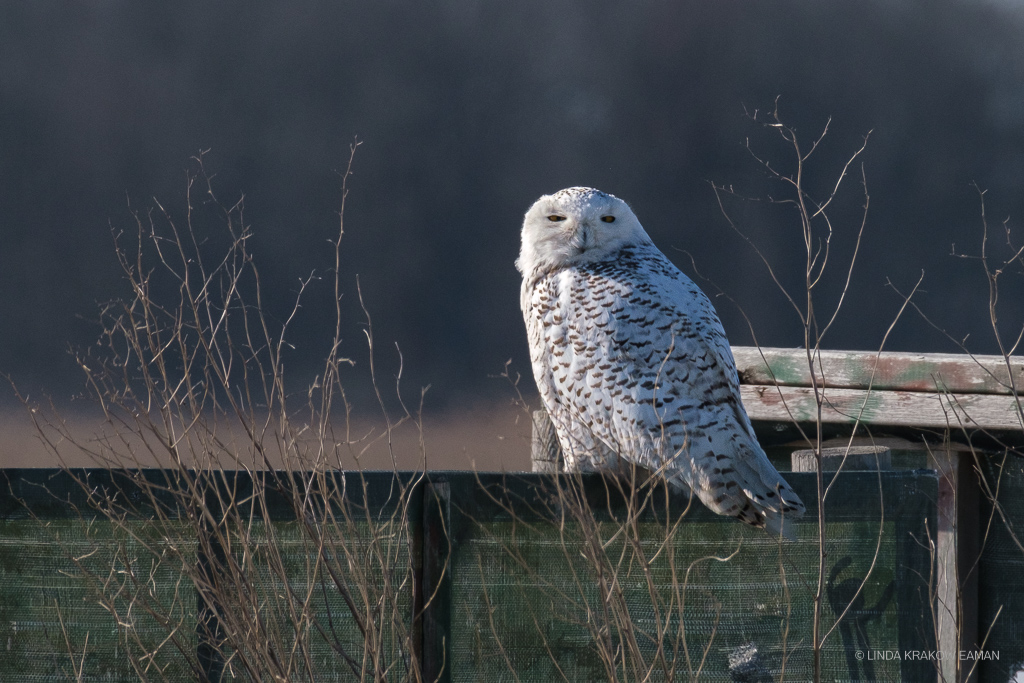
Snowy owls spend summers in their arctic breeding grounds. Some stay there for the frigid winters, but many migrate to southern Canada and the northern United States. Their camouflage is impressive–can you spot the owl in the photo below? (Hint: it’s at the base of the second of the four fence posts, counting from the left.)
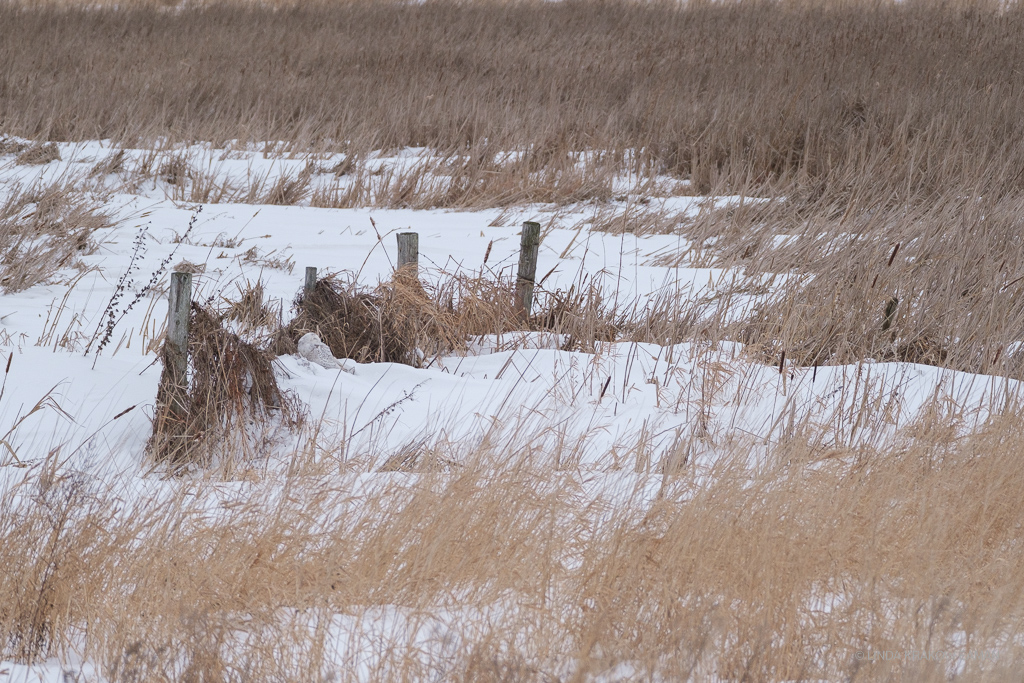
It must have felt right at home in this weather!
One of my favourite parts of living in the country has been learning about the behaviour of the wildlife. After spending a few hours in this position, this owl had moved to a fence post. It was continuing to survey the field when a car came up a nearby driveway and people (unaware of the owl) got out and started talking. Snowy gave a warning, although thanks to the distance and the wind noise, I couldn’t hear anything. (I was positioned, still as a statue, quite far away along the fence line.)
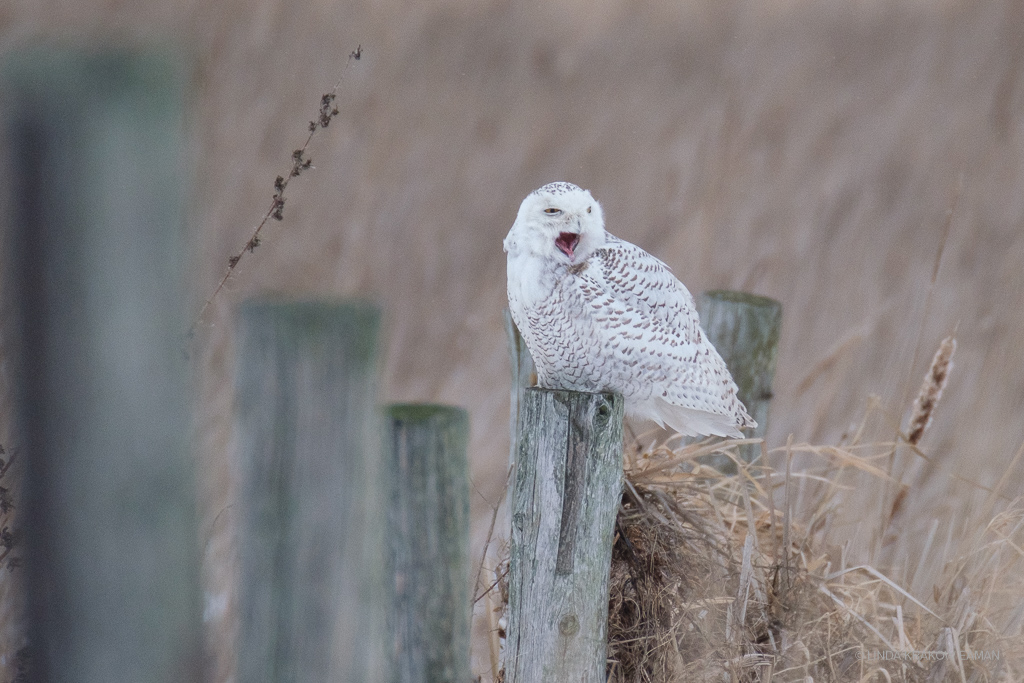
After giving its warning a second time, the owl flew to the ground a few feet away, where it was well camouflaged and must have felt better protected. The people also stopped their noise. I kept watching and was pleased to see the owl preening; another indication that I was doing this right, as it means the bird is relaxed.
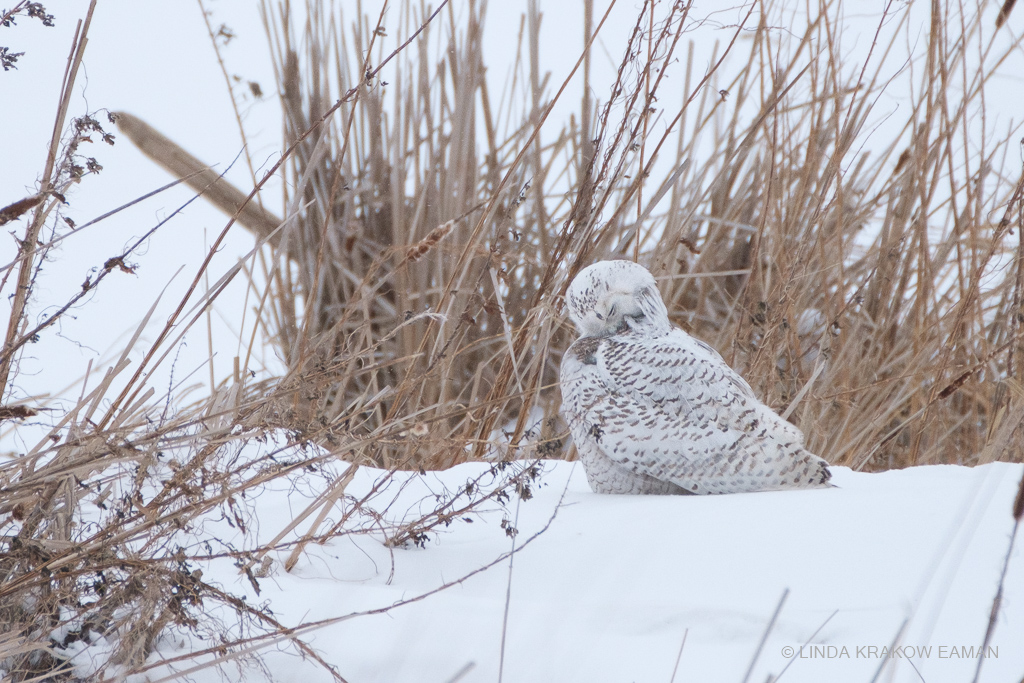
I silently thanked the owl, and left to give it some privacy (and to warm up!)
We had another sighting later that afternoon; it was perched at the top of a tall spruce. About an hour later, as dusk fell, it was gone–like a big white ghost, hunting silently over the fields.
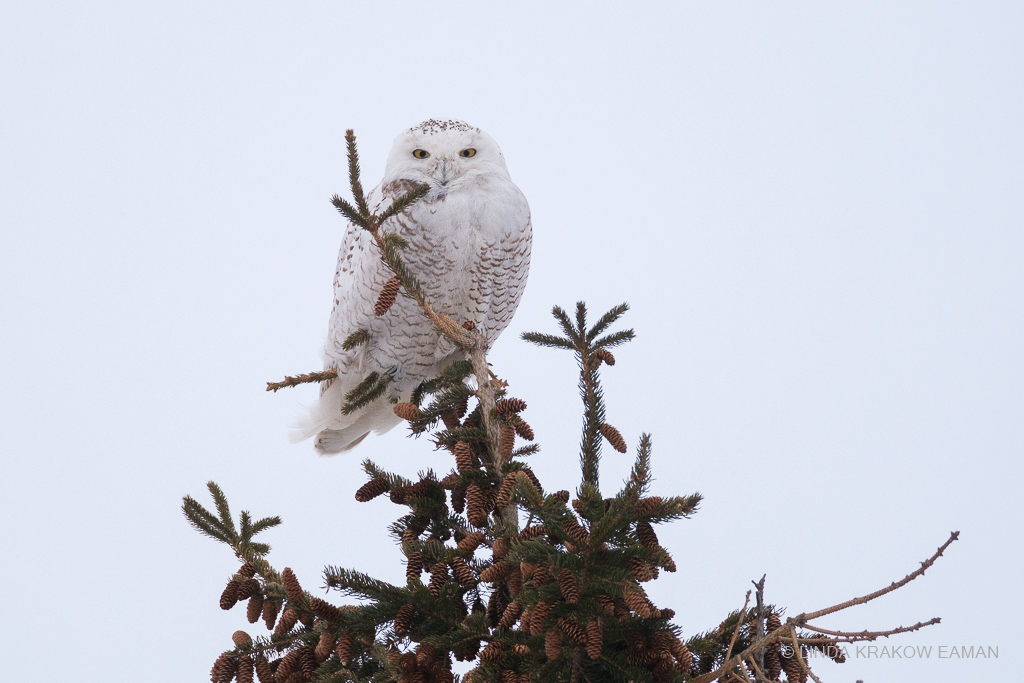
I’m incredibly grateful for these experiences. But you don’t need an owl to get the stress-busting, soul-soothing benefits of nature. Your backyard or a local park can provide opportunities for bird watching, admiring the flowers, or hugging a tree. Just get out there! And let me know what you see.
